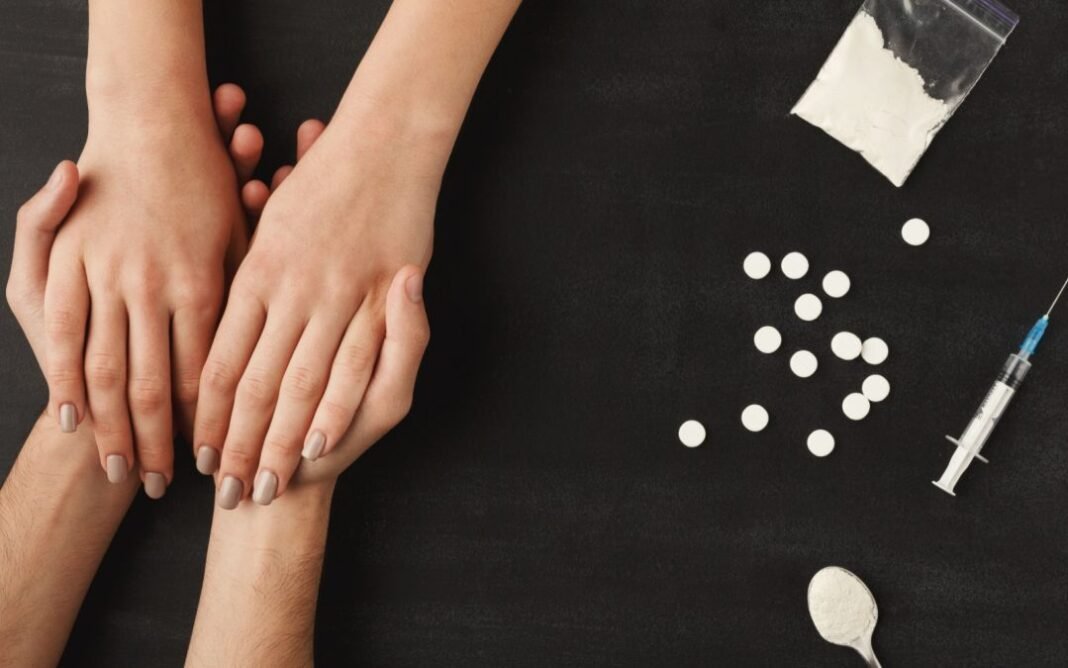Addiction treatment often involves understanding the various factors that contribute to the development of addictive behaviors. One significant factor is peer pressure. Peer pressure can play a crucial role in influencing individuals, especially young people, to experiment with and continue using substances. Let’s see how peer pressure impacts the development of addictive behaviors and how addiction treatment can address this issue.
Understanding Peer Pressure
Peer pressure is the influence exerted by peers to persuade individuals to change their attitudes, values, or behaviors to conform to group norms. This pressure can be direct, such as being offered a substance, or indirect, such as feeling the need to fit in with a group that uses substances.
For many people, especially teenagers and young adults, the desire to fit in and be accepted by their peers can be powerful. This desire can lead to experimentation with substances, which can eventually develop into addictive behaviors.
The Impact of Peer Pressure on Substance Use
Peer pressure can significantly impact an individual’s decision to use substances. When surrounded by peers who use drugs or alcohol, individuals may feel compelled to join in to avoid feeling left out or ridiculed. This is particularly true in social settings where substance use is normalized and seen as a way to bond with others.
The influence of peer pressure is not limited to direct offers of substances. Even the perception that “everyone is doing it” can create internal pressure to conform. This can lead individuals to try substances they might otherwise avoid, increasing the risk of developing addictive behaviors.
Identifying the Signs of Peer Pressure
Recognizing the signs of peer pressure is essential for early intervention. Some common signs include changes in behavior, such as increased secrecy, new friend groups, and a sudden interest in activities that involve substance use. Individuals may also show changes in mood, such as anxiety or irritability, particularly in social situations.
Understanding these signs can help parents, teachers, and friends provide support before substance use becomes a problem. Early intervention can prevent experimentation from escalating into addiction.
Addressing Peer Pressure in Addiction Treatment
Addiction treatment must address the role of peer pressure in developing addictive behaviors. Treatment programs often include therapy sessions that focus on building resilience and coping strategies to handle peer pressure. Cognitive-behavioral therapy (CBT) is commonly used to help individuals recognize and change negative thought patterns and behaviors influenced by peer pressure.
Support groups, such as Narcotics Anonymous (NA) or Alcoholics Anonymous (AA), provide a community of peers who support sobriety rather than substance use. These groups offer a safe space to share experiences and learn from others who have faced similar challenges.
Building Healthy Social Networks
One of the goals of addiction treatment is to help individuals build healthy social networks. This involves encouraging individuals to form relationships with people who support their sobriety and positive lifestyle choices. Engaging in activities that don’t involve substance use, such as sports, hobbies, or volunteer work, can help individuals develop new social circles.
Family therapy can also play a role in rebuilding trust and support within the family unit. Families can provide a strong foundation of support, helping individuals resist peer pressure and maintain their recovery.
Education and Awareness
Education and awareness are key components in preventing addiction. Teaching young people about the risks of substance use and the influence of peer pressure can empower them to make informed decisions. Schools, community organizations, and parents can all play a role in providing this education.
Programs that teach refusal skills, such as saying no confidently and avoiding high-risk situations, can help individuals resist peer pressure. Role-playing scenarios and practicing these skills can increase confidence and reduce the likelihood of giving in to peer pressure.
The Role of Positive Peer Influence
While peer pressure often has a negative connotation, positive peer influence can be a powerful tool in addiction prevention and recovery. Encouraging individuals to surround themselves with peers who make healthy choices can reinforce positive behaviors. Peer mentors who have successfully overcome addiction can provide valuable support and inspiration.
In addiction treatment programs, peer support specialists who have lived experience with addiction can offer guidance and understanding. Their firsthand knowledge of the challenges and successes of recovery can be incredibly motivating.
Conclusion
Peer pressure plays a significant role in developing addictive behaviors, particularly among young people. Recognizing the impact of peer pressure and addressing it through education, therapy, and support is essential for effective addiction treatment. By building resilience, healthy social networks, and positive peer influences, individuals can overcome the challenges of peer pressure and achieve lasting recovery. Understanding and addressing peer pressure can help create a supportive environment where individuals can thrive without relying on substances.
